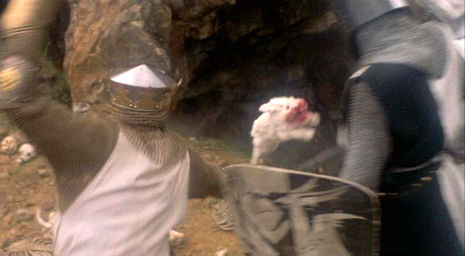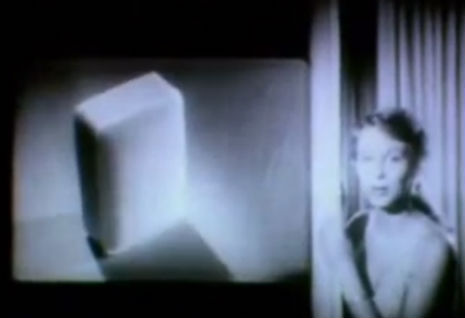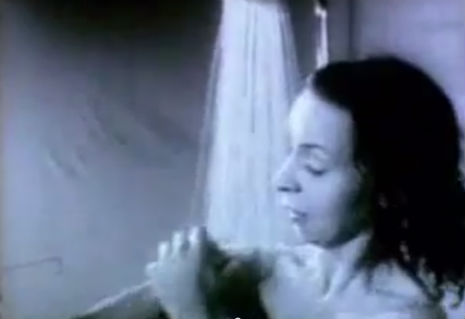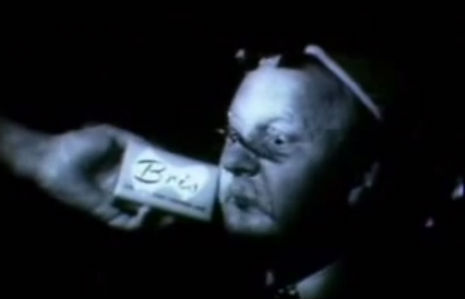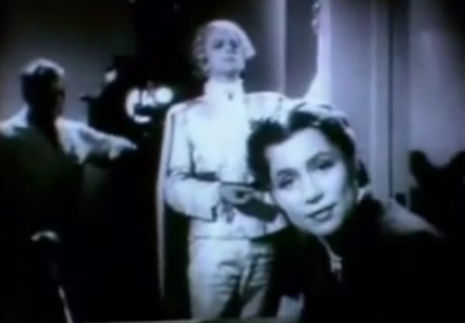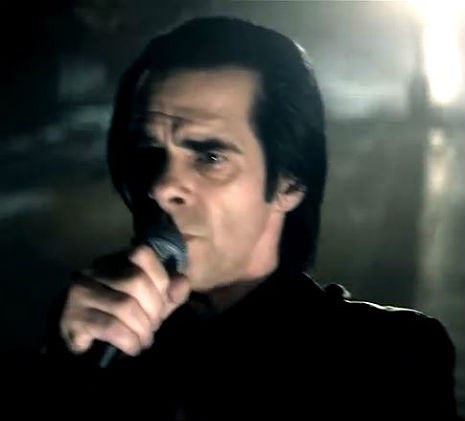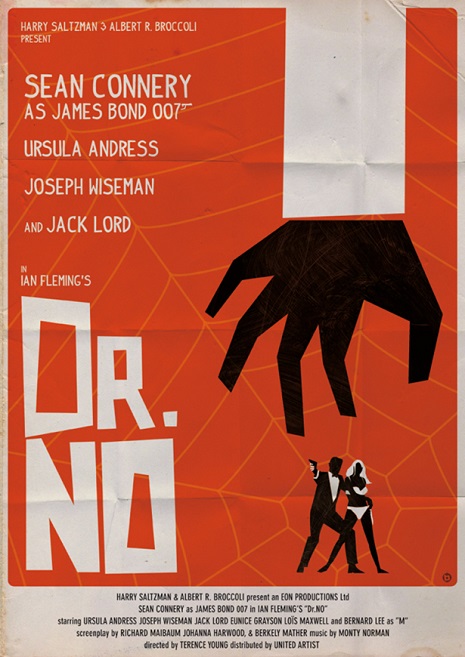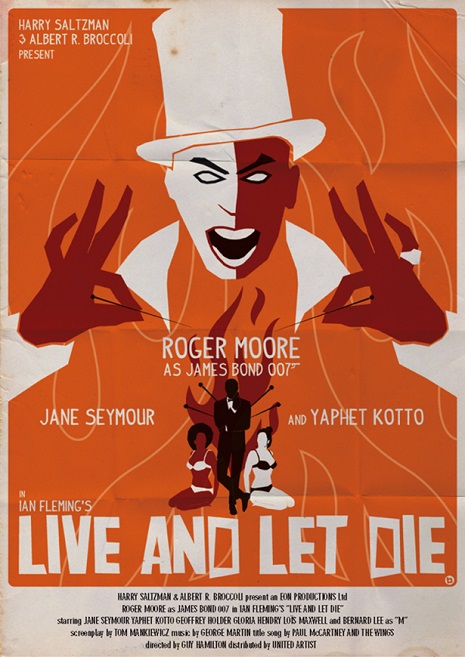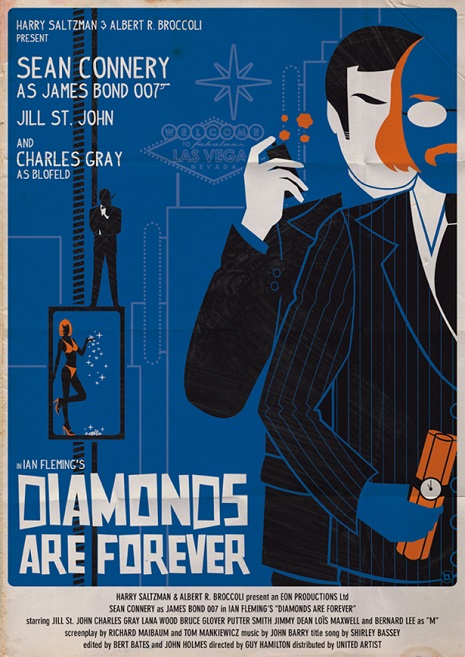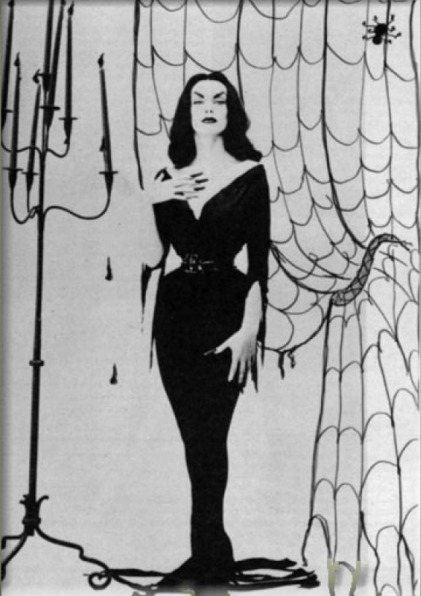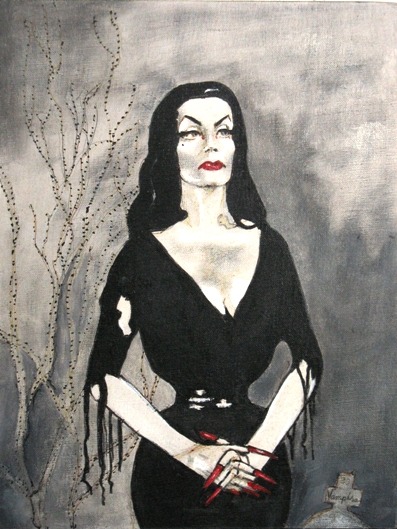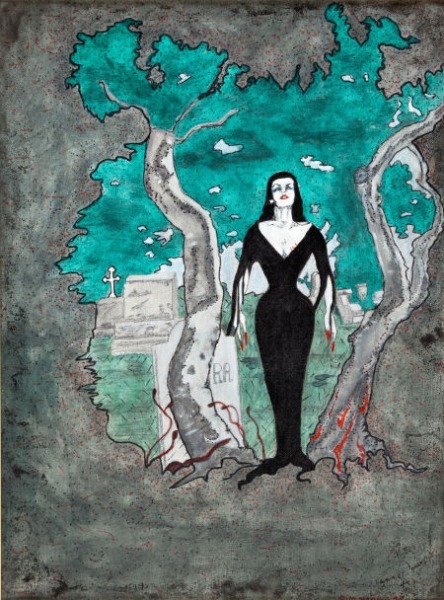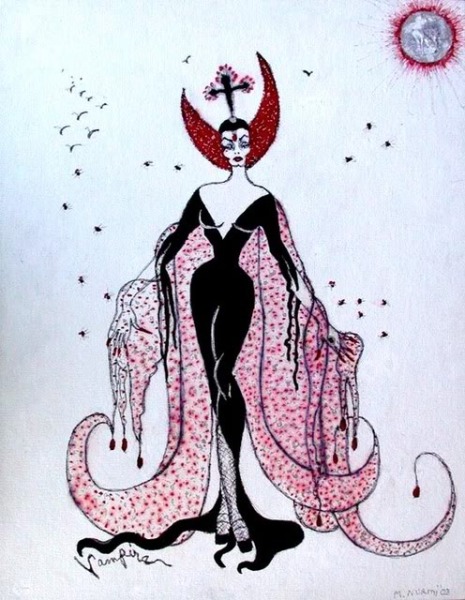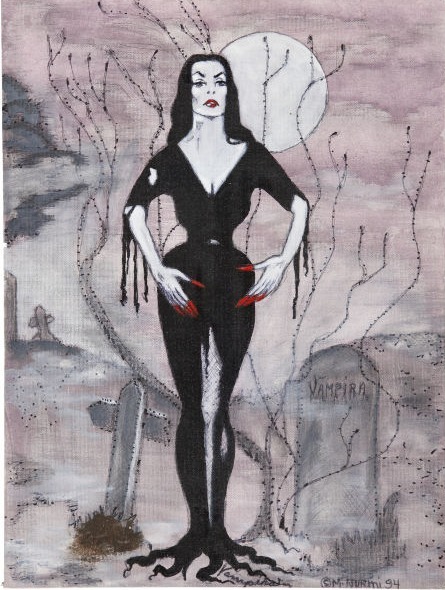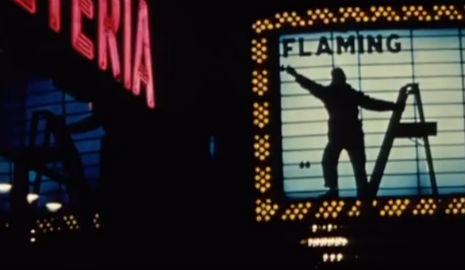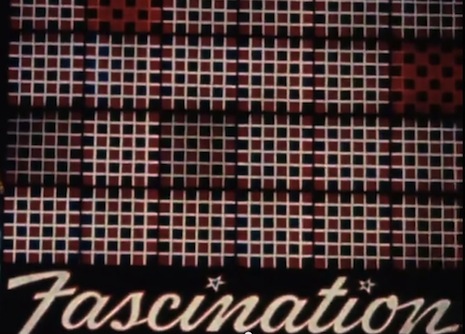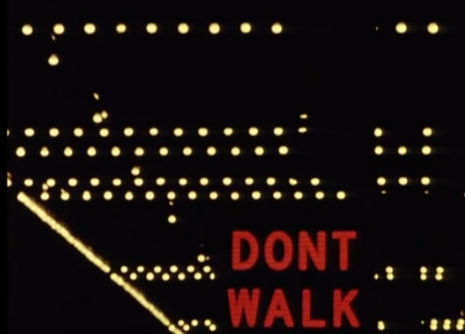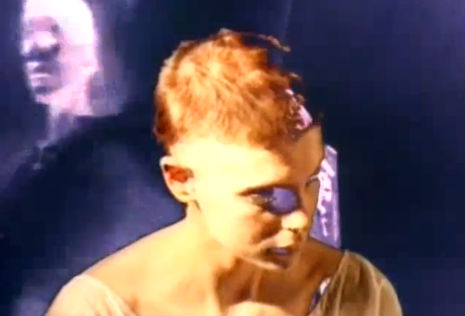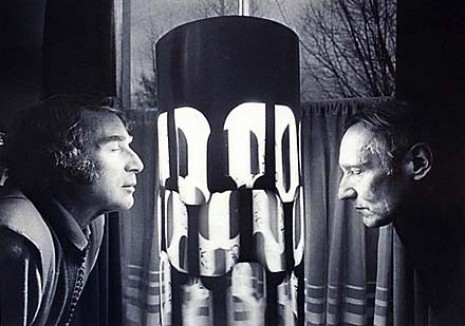
Stanley Donen’s Charade is one of those films I can watch repeatedly and never seem to quite tire of its celluloid magic. It has that delightful filmic quality reminiscent of Alfred Hicthcock’s best work, and it is not surprising that Charade is often described as “the best Hitchcock film Hitchcock never directed.” This is probably true as choreographer turned director, Donen claimed he had:
“...always wanted to make a movie like one of my favorites, Hitchcock’s North by Northwest”
It’s fifty years since Charade opened at the box office, with its perfect star pairing of Cary Grant and Audrey Hepburn, pitting their wits against Walter Matthau, James Coburn and George Kennedy in scenic Paris. Grant was concerned that at the age of 59, he might look a tad lecherous chasing after the beautiful, 33-year-old Hepburn. Peter Stone’s script was therefore changed to accommodate Grant’s concerns.
Hepburn had no such qualms as she had already been courted on celluloid by several “older men,” Gregory Peck in Roman Holiday, both Humphrey Bogart and William Holden in Sabrina, Fred Astaire in Funny Face, Gary Cooper in Love in the Afternoon and Burt Lancaster in The Unforgiven. Hepburn also had a tempestuous affair with Holden that allegedly led the actor to have a vasectomy to stop Hepburn’s hopes to conceive his child.
Described as the most naturally beautiful woman in the world, Hepburn was a fascinating woman, a hard-drinking, chain-smoking, sexually-liberated Belgian, who lived her life by her own rules. President Kennedy was smitten by her (which actress didn’t he desire?) and he said his favorite film was Roman Holiday. It was Hepburn who sang “Happy Birthday” to the JFK the year of his assassination.
CyborgCity made this five-minute version of Charade for 90to5 Editing Challenge. It is kind-of-like today’s trailers, where the whole of the film is revealed/ruined in that three-minute teaser. So, if you haven’t seen Charade, someone posted the entire film here. If you have, well, here’s a Charade refresher course in just five minutes.







